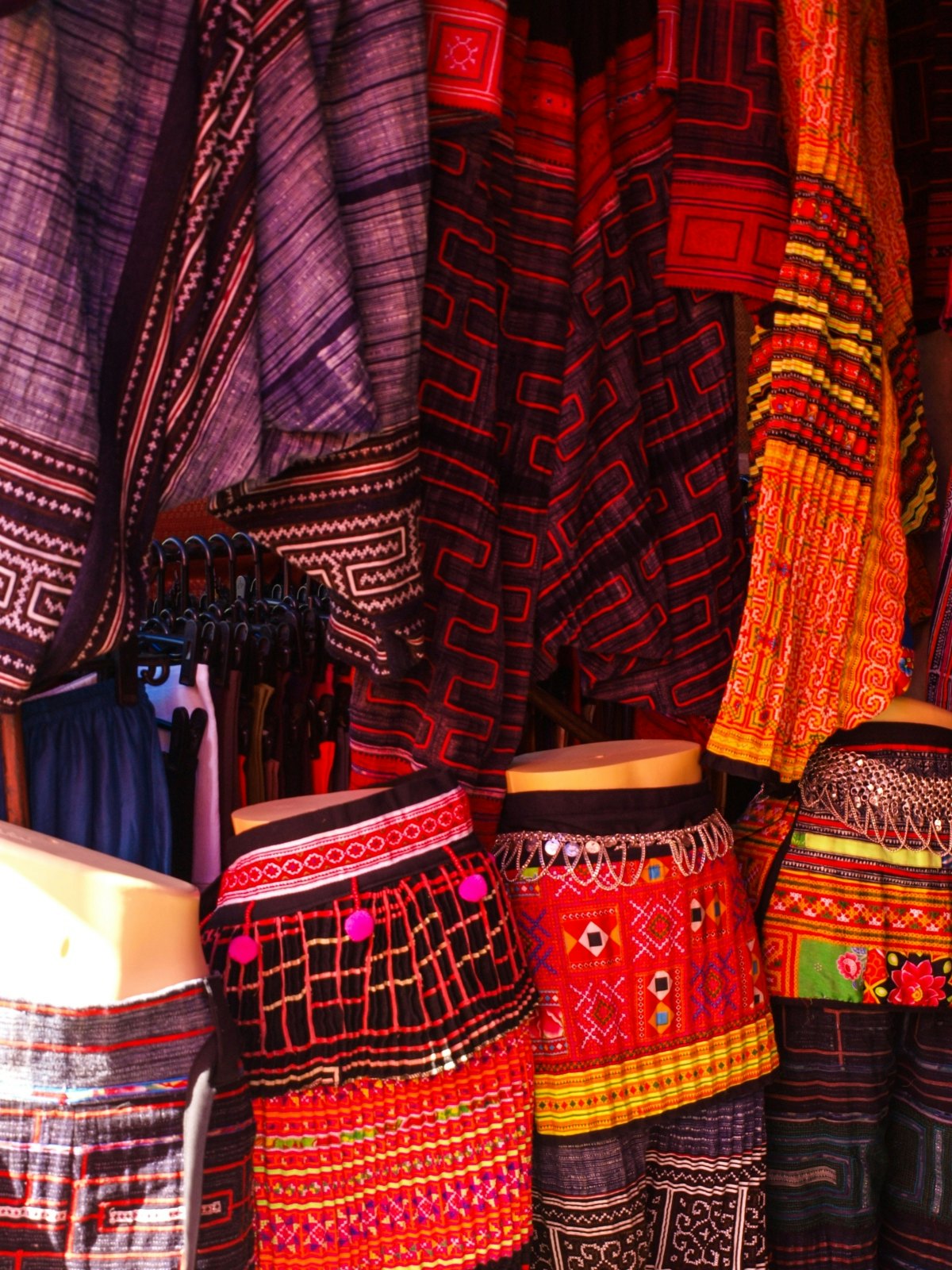

Wat Chedi Luang in Chiang Mai's old city reflects ruined Lanna-style architecture © Ainatc / Getty Images
Chiang Mai has been heralded as an arty and mellow alternative to Bangkok for decades, and its popularity continues to grow. University students, locals and travellers of every ilk mingle in this buzzing city, whose artistic past shines through in gilded temples and whose hipster present can be seen in modern galleries and coffee shops. Chiang Mai's renowned artisans and craftsmen have brought it into the spotlight throughout its history, and it’s no wonder it was designated a Unesco Creative City in 2017.

Old wonders, modern innovations
A visit to Chiang Mai practically guarantees you’ll run into wonder-inspiring sights, past and present, wherever you go. In one moment, you’ll spot a centuries-old golden chedi glimmering beyond a humble doorway, in the next find yourself stepping into a trendy coffee shop, where the barista’s latte art atop your hot drink is almost too good to sip through.

A day spent wandering the historical, walled Old City grants travellers a view into Chiang Mai’s past. Temples and monuments dot the skyline, with architectural influences from the Lanna Kingdom to Burmese rule to Chinese culture and more. Step inside any of these grand temples and you’ll find ancient murals, intricate tile work, or perhaps even an artist painting gold leaf on a Buddha statue.
To help make sense of the cultural mash-up of the city, the Lanna Folklife Museum displays life-size recreations of Lanna village life, offering a glimpse into how this lifestyle influenced elements of the city you see today.
Juxtaposed nicely among the history, travellers will notice the most prominent creative streak flashes across the Chiang Mai University area of Nimmanhaemin Rd. Here you’ll find small art galleries, shops selling local fashion designs and plenty of cafes pumping the best espresso this side of Melbourne.
And of course, museums are everywhere, celebrating new and old creative expressions of the Thai community. Don’t miss the recently opened MAIIAM Contemporary Art Museum for some of the most culturally powerful Thai modern art, housed inside a minimalistic converted industrial complex. The reflective exterior of the museum helps the building blend in to its surroundings so the art speaks for itself. In 2017 the MAIIAM became the first Thai museum to win the Best New Museum of Asia Pacific Award.
From Chiang Mai’s 13th century founding to the modernisation efforts led by former Prime Minister Thaksin Shinawatra at the start of the 21st century, the city has continued to build itself up as a melting pot destination of old- versus new-style arts.

Cooking up creative cuisine
Thailand’s debut Michelin Guide in 2017 brought new focus to the country's cuisine, and while Chiang Mai hasn’t landed coveted coverage just yet, its creative and diverse gastronomy scene is gaining popularity. While many traditional recipes remain celebrated, some have evolved into new dishes, with international influences mixing with local flavours to create world-class options ranging from street food to haute cuisine.

For a taste of local life, head down Halal Street for down-home shops and vendors selling traditional-style, less-sweet and more complex versions of the city’s signature curry noodle soup, kôw soy (khao soi). Visit markets such as Talat Pratu Chang Pheuak (by 5pm if you don’t want to queue) to sample the famous 'Cowboy Hat Lady’s' slow-cooked pork leg with rice. Otherwise, literally follow your nose to find treats like grilled tilapia or broiled chicken served with a side of spicy papaya salad.
Not to be overlooked, Chiang Mai’s international fare can rival the local food. Shabby chic farm-to-table and seriously Instagrammable Rustic & Blue serves hearty brunch plates, from fresh breads, eggs Benedict and healthy smoothies that could’ve been plucked right out of Brooklyn. For lunch and dinner options, you’re spoiled for choice. Italics at the Akyra Hotel serves innovative Italian food, and the fabulous pizzas drizzled with truffle oil are delectable masterpieces. Ginger & Kafe @ The House has outrageously creative cocktails to pair with their internationally inspired Thai fare, such as Thai-style salmon tartare. Tengoku touts superior sushi, and Service 1921 serves pan-Asian cuisine in the colonial-style elegance of the old British Consulate building on the riverfront.
For dessert any time, don’t miss homemade ice cream at quirky iBerry Garden just off Nimmanhaemin Rd, where you can try unique Southeast Asian flavours like durian or Thai tea. Enjoy it in the garden next to the giant pink half man, half dog statue wearing sunglasses.
Chiang Mai craftsmanship and mass-market shopping
You might consider bringing an extra suitcase to Chiang Mai to fit the haul of artisan souvenirs you’ll want to bring home with you.
Street markets are ubiquitous, from the famous Night Bazaar to the Saturday and Sunday Walking Street markets. These sprawling, busy markets are filled with textiles, hand-carved soaps, t-shirts, handcrafted bracelets, trinkets and more.

Shopping in smaller scale places like ‘basket alley’ along Chang Moi Rd exposes travellers to specialist basketry items unique to Southeast Asia. Expect to find everything from woven hats to woven lampshades, pillows and footstools. Cooperatives selling hill-tribe goods also help support impoverished villagers in the area – try the Thai Tribal Crafts Fair Trade shop near McCormick Hospital.
More upscale, curated shops selling Thai silk or furniture are also options for quintessentially Thai items with a higher price tag. Vila Cini sells high-end, handmade silk textiles within an expansive, impressive teak house on Charoenrat Rd. Jewellery stores selling traditional to modern designs can be found in the Nimmanhaemin area and Tha Phae Road, while at Siam Celadon, you can watch ceramics as they’re made, then buy them when the job is complete.
Chiang Mai also has its fair share of modern malls and shopping centres. One Nimman shopping centre’s architecture is a nod to Chiang Mai’s modernity, while shops and restaurants therein pay homage to the city’s cultural history.
















